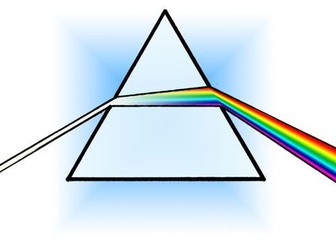
8Gc Metals and water (Exploring Science)
Starter: What happens when metals and water mix?
The lesson then covers:
Reactions of metals with water (word equation and example)
Testing for hydrogen gas
Reactivity series
Investigating reactions with water
Sacrificial protection
Plenary: Higher or Lower?
All tasks are differentiated by input as bronze, silver and gold challenges which students can self-select or be directed to. Extension tasks are also included on the slides. Stretch and challenge question also included.
Practical: 8Gc2 Investigating metals and water
Worksheets needed: none
Written in conjunction with Pearsons Exploring Science text book (although the content can be used with any exam board).
